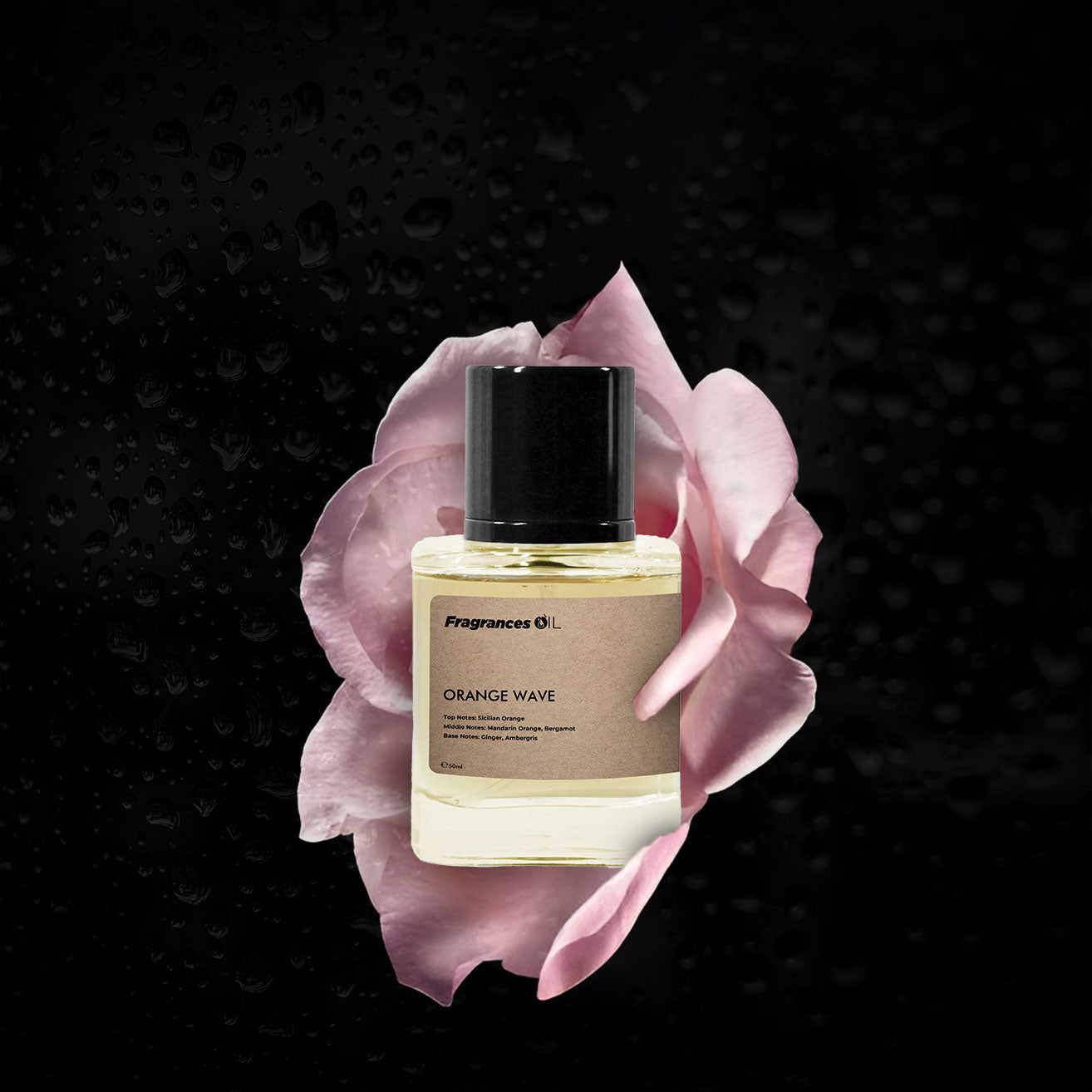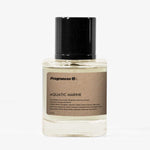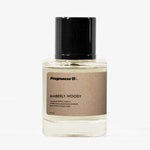Scent Families
We’ve categorized our collection into 15 unique olfactive families.

Ambery
In the perfume world, the word Amber comes from grey amber which is mainly known as ambergris in French. Originally, this raw material was derived from animals, used for creating an incredibly rich, soft, warm effect in the fragrance. This note introduces a sweet, resinous, cozy, and warm smell.

Aquatic
For a fresh watery vibe with an intense sea-breeze odor, Calone opened the new marine trend in the ‘90s. Calone is responsible for the appearance of the new family of aquatic scents, a synthetic note composed to reproduce the light, airy, and aqueous feel by pairing with watery fruits like watermelon. In both masculine and feminine fragrances offering a very specific long-lasting coolness with the fresh aquatic vibe.
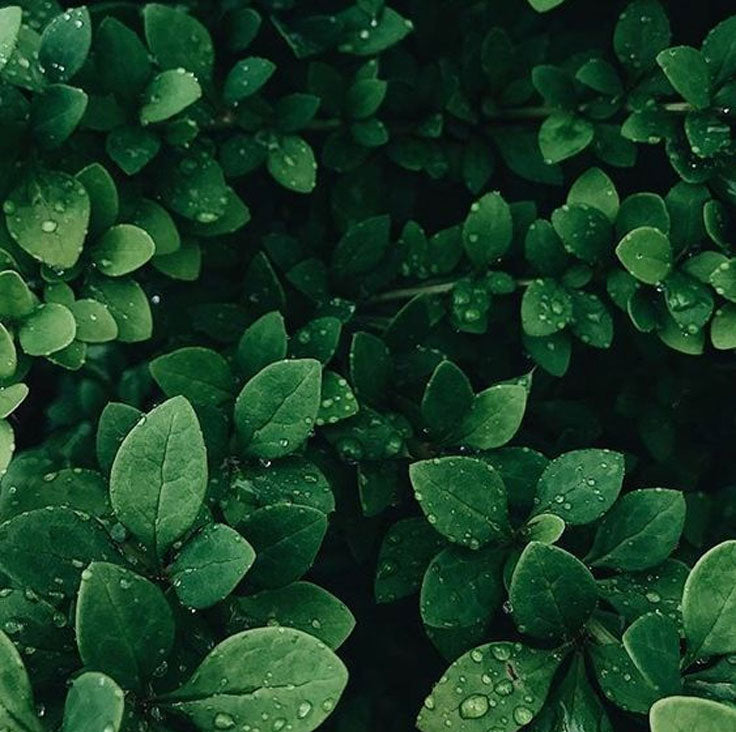
Aromatic
Herbs are referred to as "aromatic notes" by perfumers, including rosemary, thyme, mint, tarragon, marjoram, fennel, and basil. Others like artemisia, calamus, angelica, and spikenard have an intensely herbaceous quality that is so distinctive as to immediately characterize the compositions in which they enter.

Citrus
ntroduce a zesty and tangy feel to the fragrance. Citrus essences in perfumes are expressed or cold-expressed in most cases to preserve their inherent freshness. Introduces a refreshing and effervescent quality to fragrances, accounting for the top note that tickles our noses with pleasure. Yuzu, tangerine, bergamot, and mandarin orange are the most popular citrus accords used in perfumes.

Floral
A self-evident category of fragrance notes, directly smelling of fragrant blossoms, from fresh flowers, like lily of the valley and rose, to intoxicating floralcy, like tuberose and gardenia, and the lemony touches of magnolia introduce a vast palette to the perfume world. Flowers like rose and jasmine are notoriously prized for their incomparable essences, rendered through many different techniques.
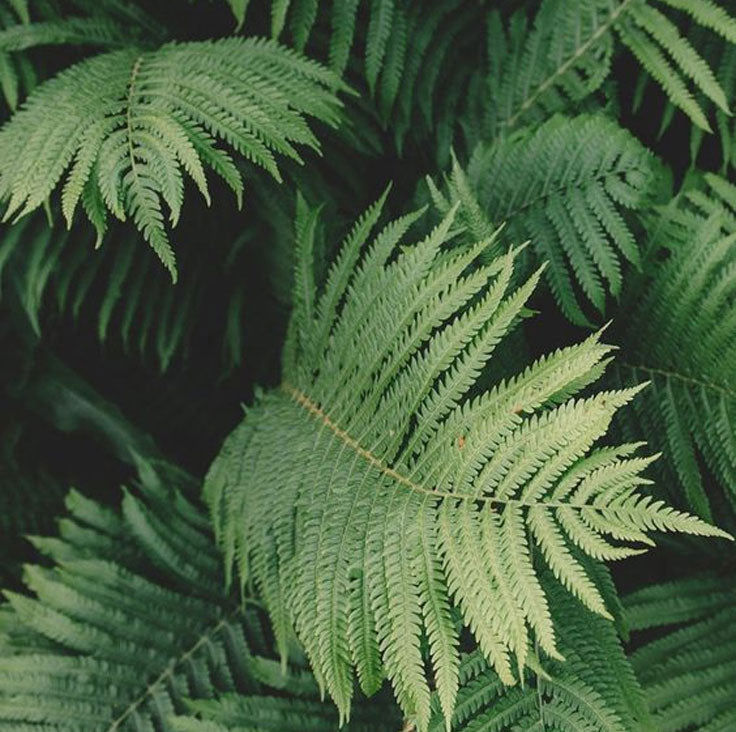
Fougere
Fern is the anglification of the fragrance term fougère (fern in French), a historical "accord" between lavender-oakmoss-coumarin which was devised to produce the mysterious note of a green, damp forest. Fougere is a blend of citrus, geranium, and patchouli notes, creating a unique and fresh accord.
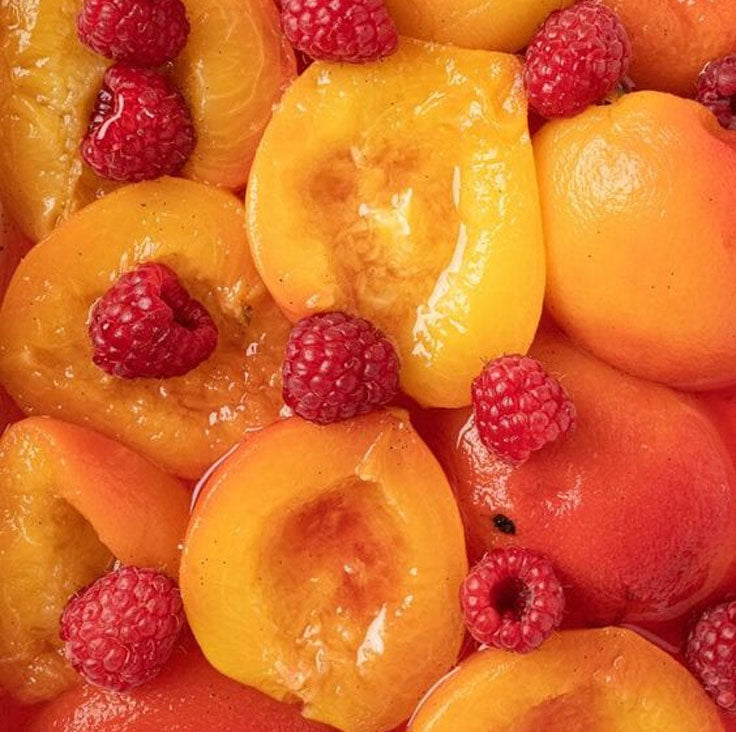
Fruity
Fruity notes have become so popular in recent years, that their effect ranges from the refreshing to the succulent, all the way to the musty and mysterious. In the 2000s in a fruity family, peach and plum have been major components in classical perfumers' "bases", produced many of the iconic fragrances.

Gourmand
Gourmand is reminiscent of foody smells, specifically sweets and desserts, the first successful "gourmand" fragrance was Angel, launched in 1992, which produced a caramel and chocolate effect. Brown sugar, praline, caramel, and almonds are the most popular gourmands around the world.

Green
Naturally sourced green notes are referred to as generic terms for notes that evoke snapped leaves, foliage, and green vegetal scents. Violet leaf is a modern green "leaves" note that is very popular, gives an aqueous feel reminiscent of freshly-cut cucumber to many compositions, especially masculine ones. Another peculiar leaf note that has a special character is tomato leaf, featured in top branded perfumes.
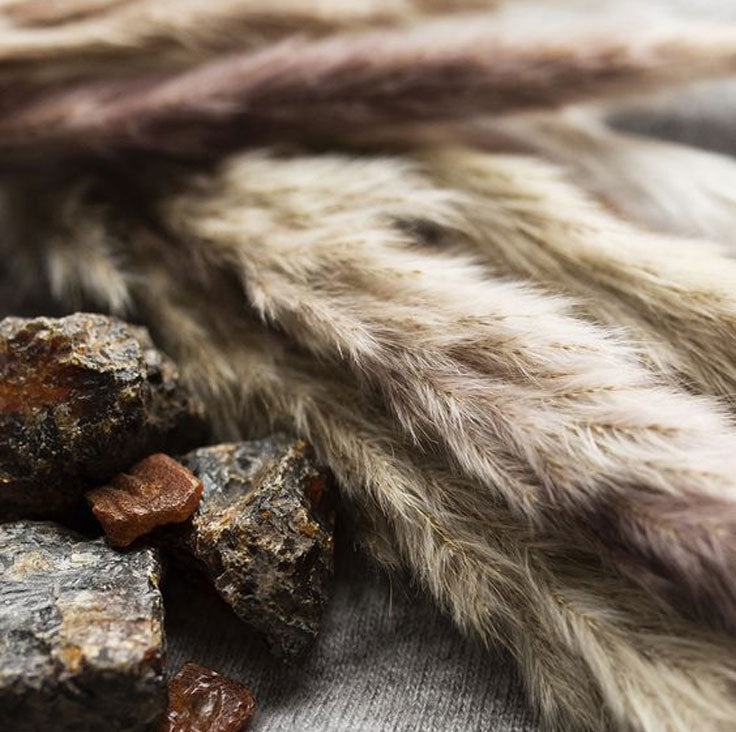
Musky
Musk is a secretion inside an internal pouch on the abdomen of the male deer, thus in order to get it, you have to kill the deer. Thankfully now the deers are safe, a wide variety of sources for musk smelling materials has now been introduced like synthetic musks and natural ones, mainly obtained from plants. They convey clean, soft, and musky facets to the fragrance.

Powdery
Powder is not a note or raw material like other fragrance families. There is a vast variety of natural and synthetic notes that give a powdery effect to perfume composition. Most usual powder notes are made from a combination of iris, violet, vanilla, rose, musks, heliotrope, opoponax resin, and some amber materials.
Powdery notes are mainly used in feminine fragrances to give a comforting and clean vibe to them.
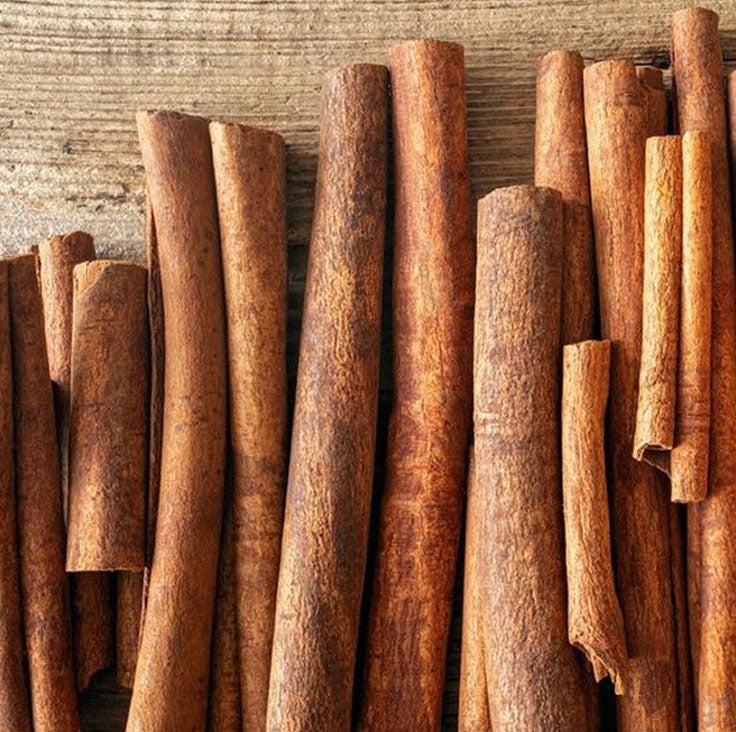
Spicy
Spices group is a familiar category of perfume notes, classified as hot spices such as cinnamon and cold spices such as coriander, caraway, and cardamom. Some of them have places in the kitchen spice cabinet, such as cinnamon, pepper, cloves, coriander, and ginger. Others are more unusual, from hand-picked saffron to tamarind and caraway and the very gentle, rose-hued pink pepper.
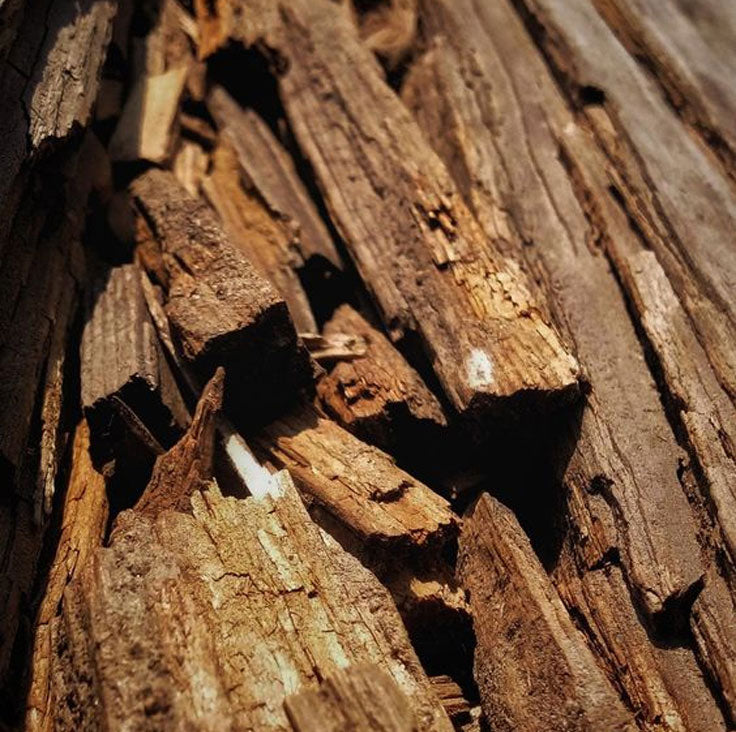
Woody
Woody notes are pliable and dependable, a sort of a Jack in the deck of a skilled perfumer, providing the bottom of a composition and according to their olfactory profile reinforcing the other elements. A precious few of the woody notes like rosewood can serve as a top note or middle note. Each has a different scent profile like sandalwood smells like creamy, milky, nuzzling, and deeply soft.
Hence the classification, vetiver and patchouli are interesting exceptions in the group of woody notes, vetiver is actually a grass with an intricate root system and patchouli is the leaf of an Eastern bush, but their scent profile is wood.
